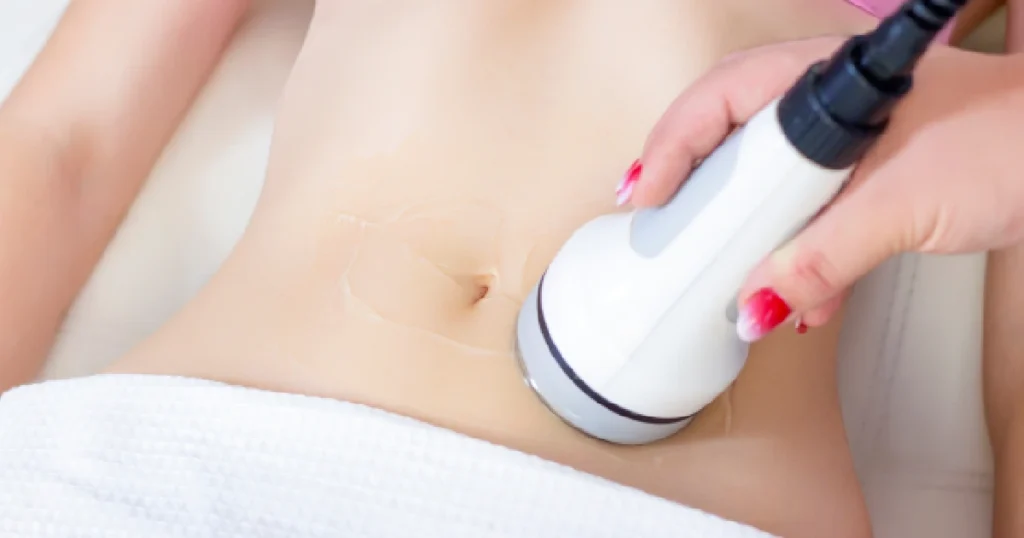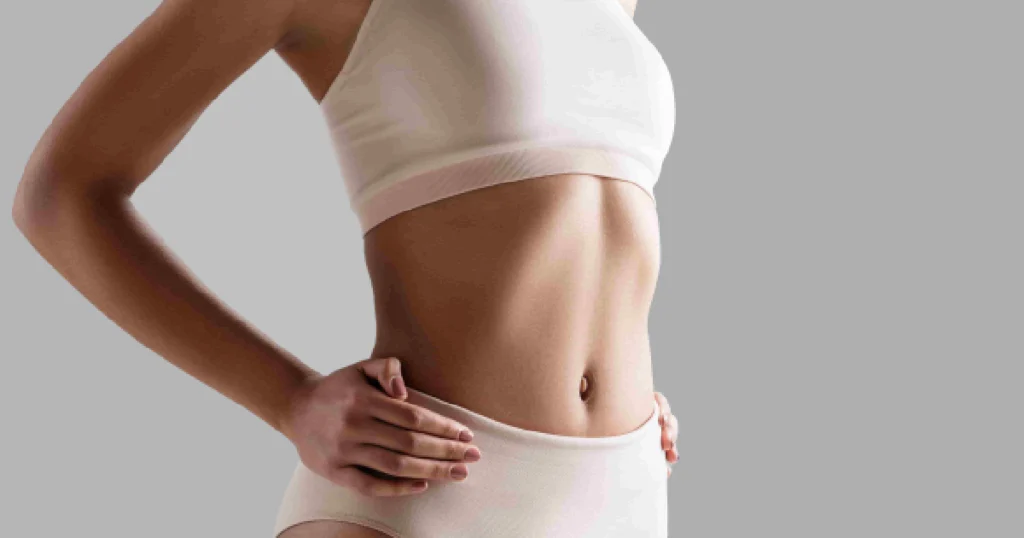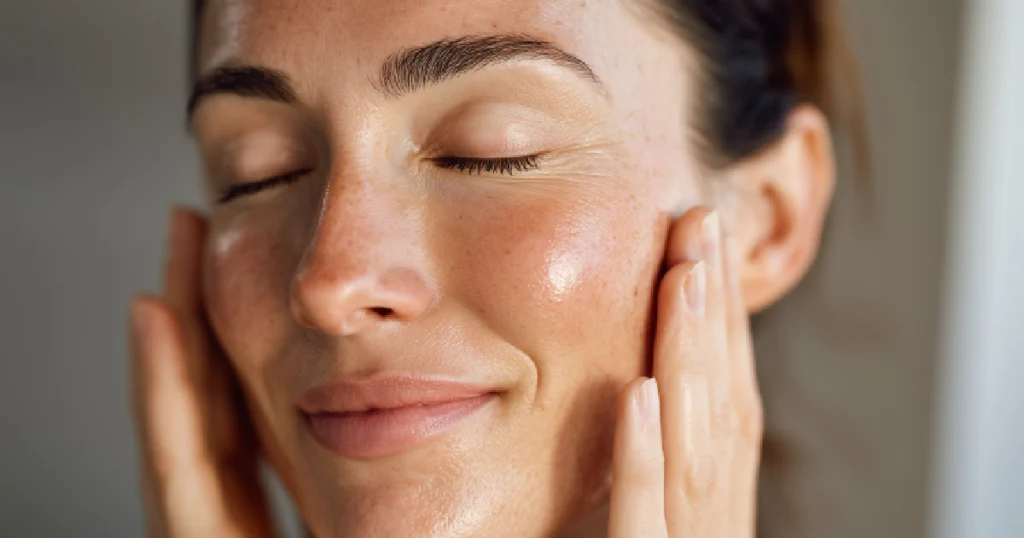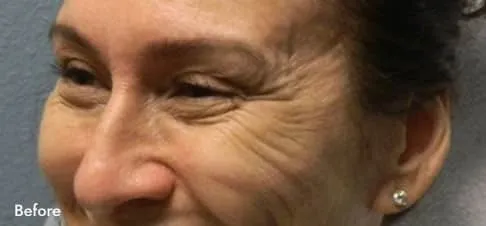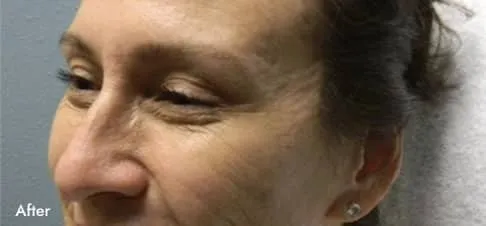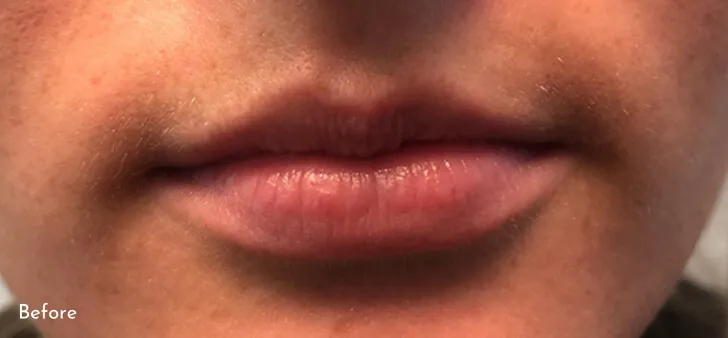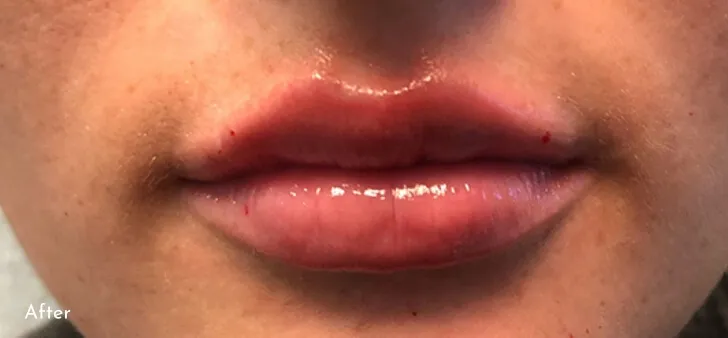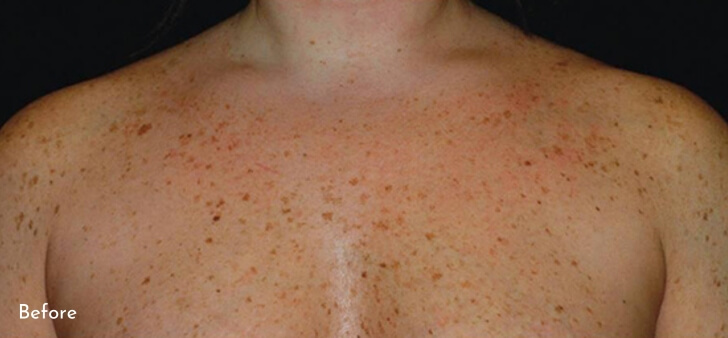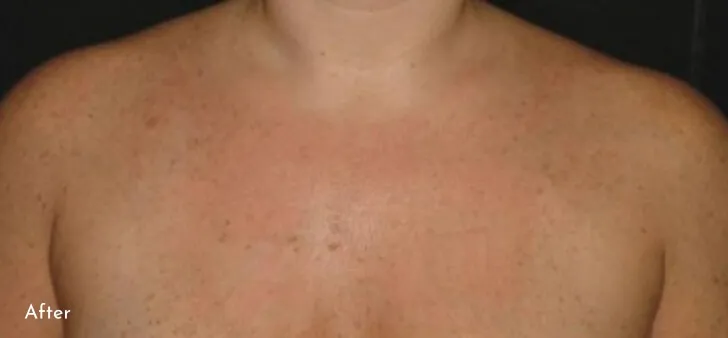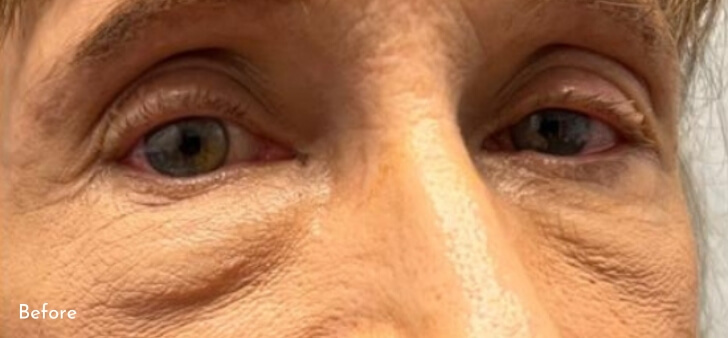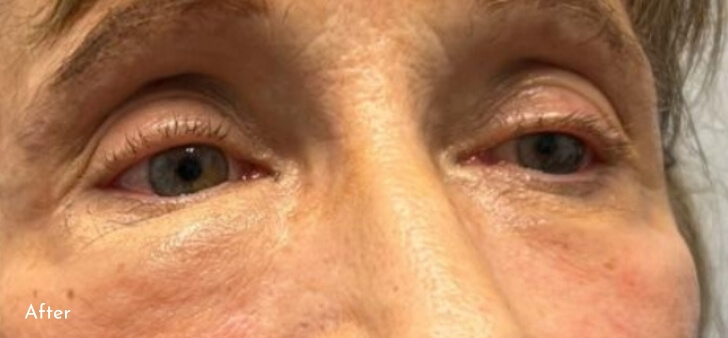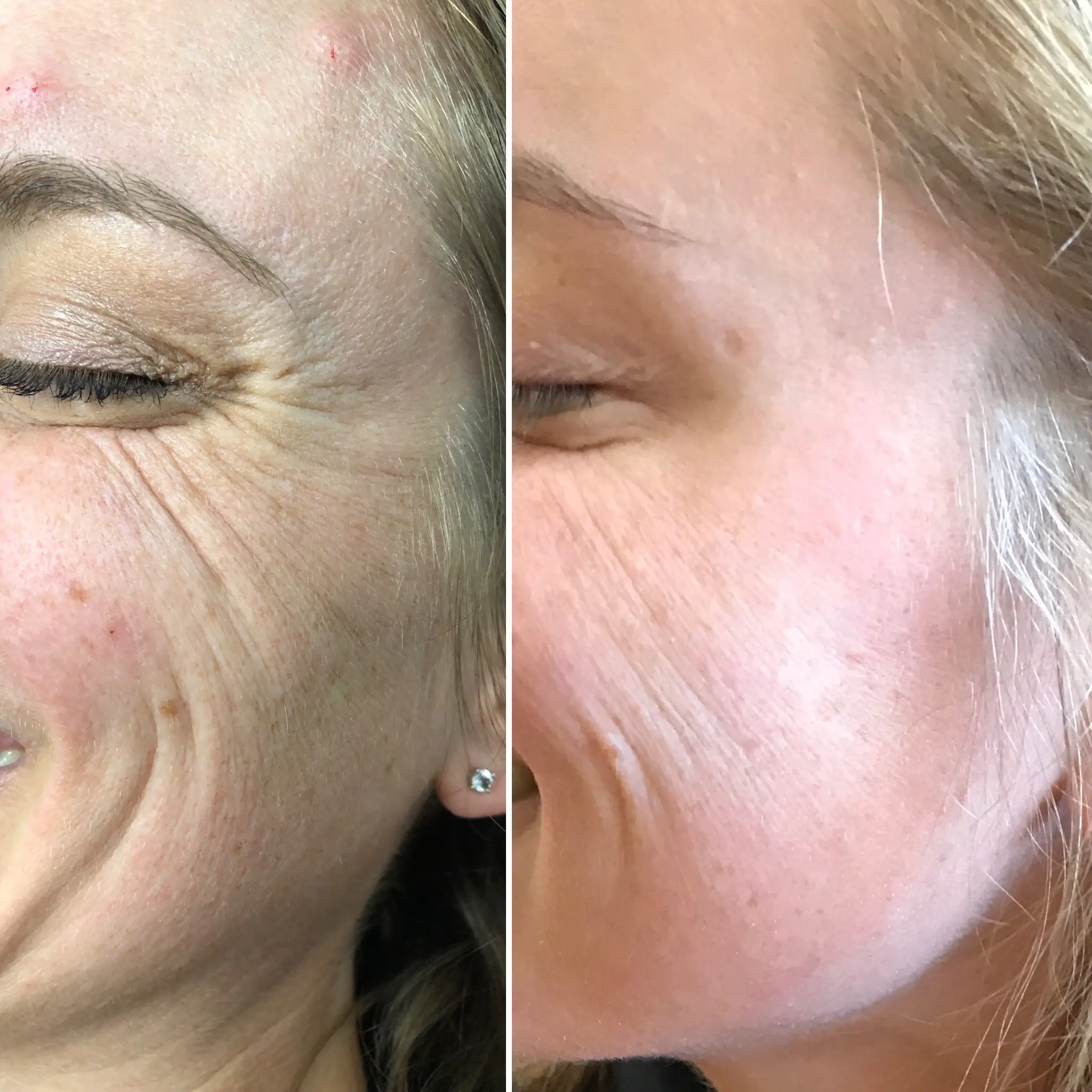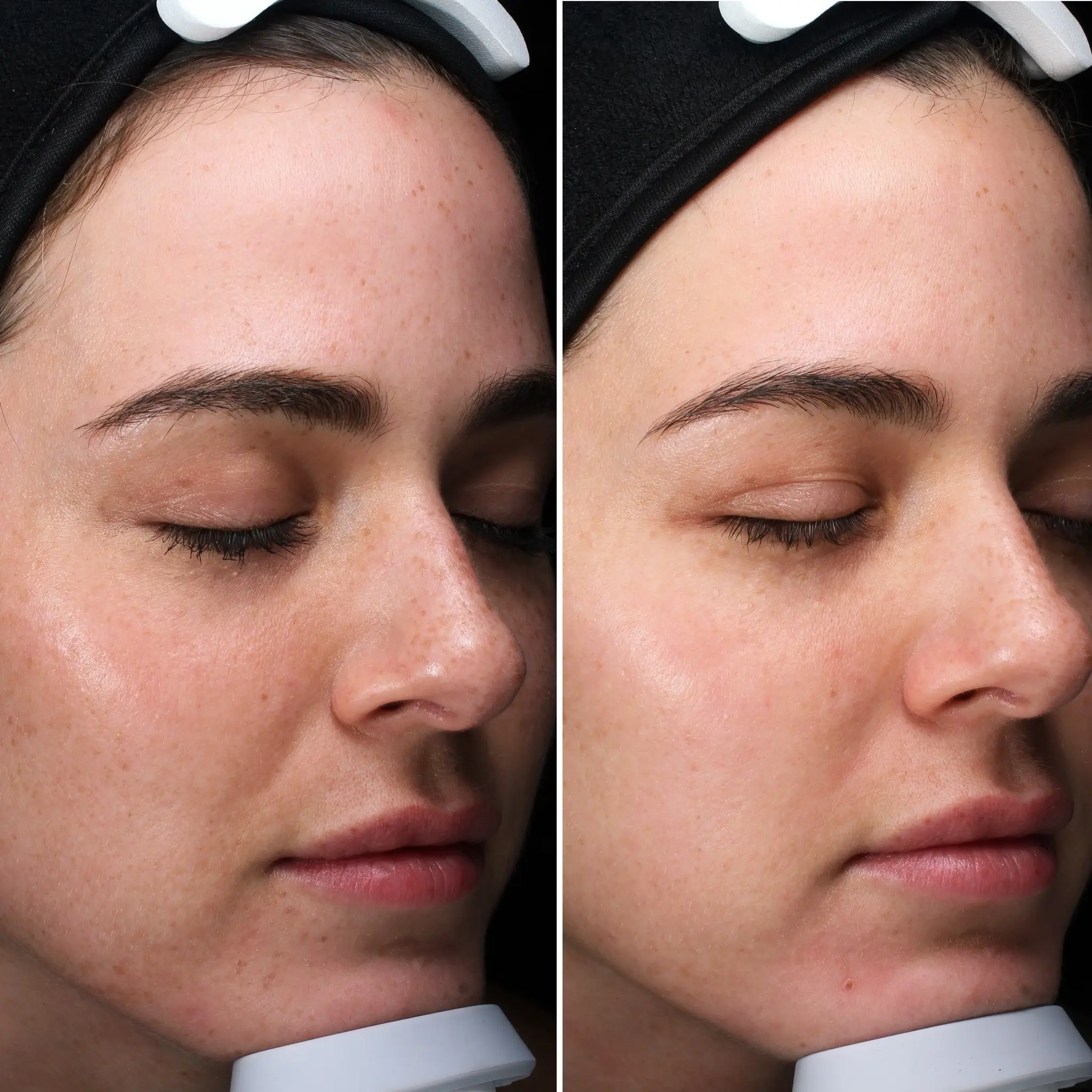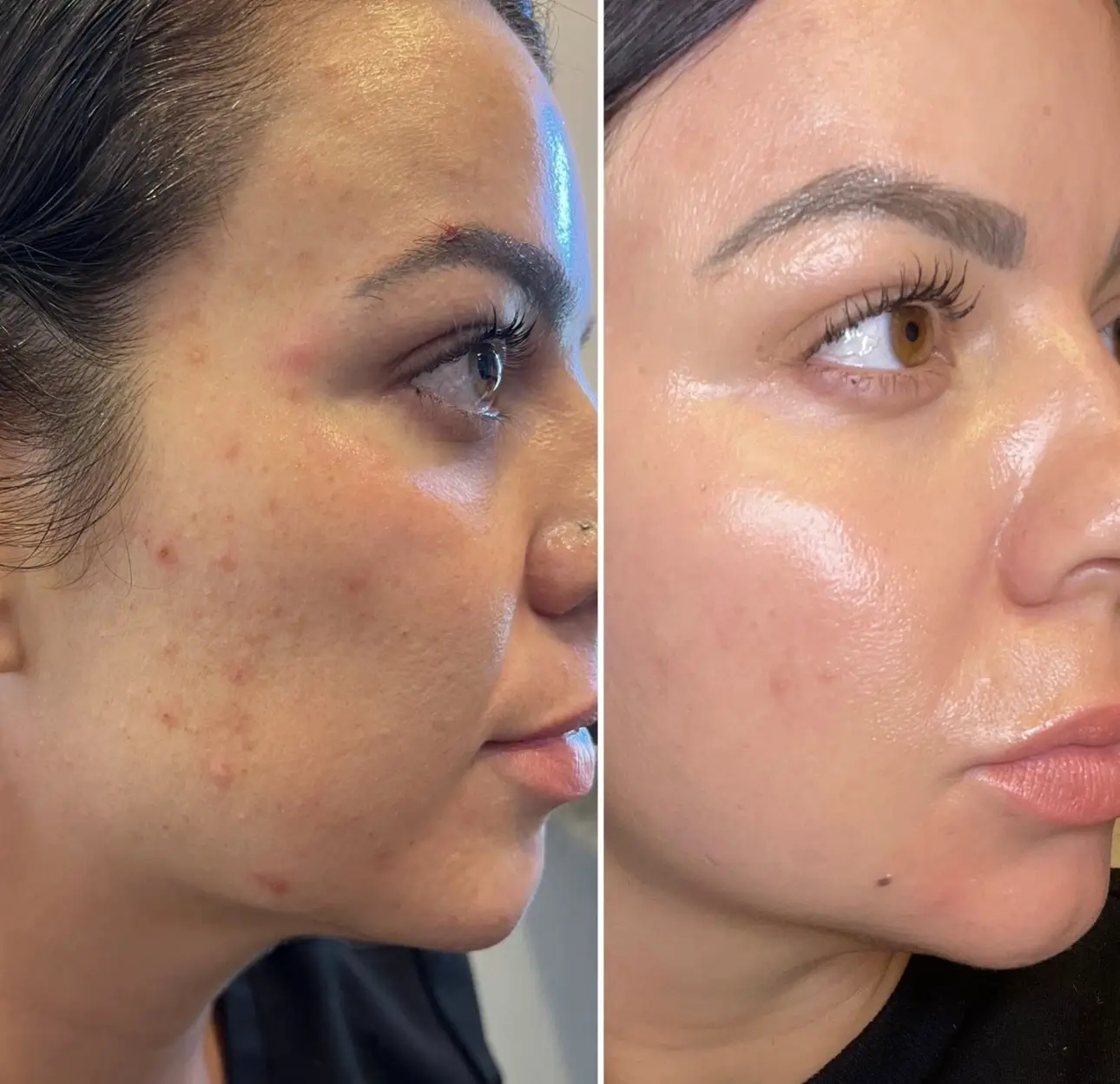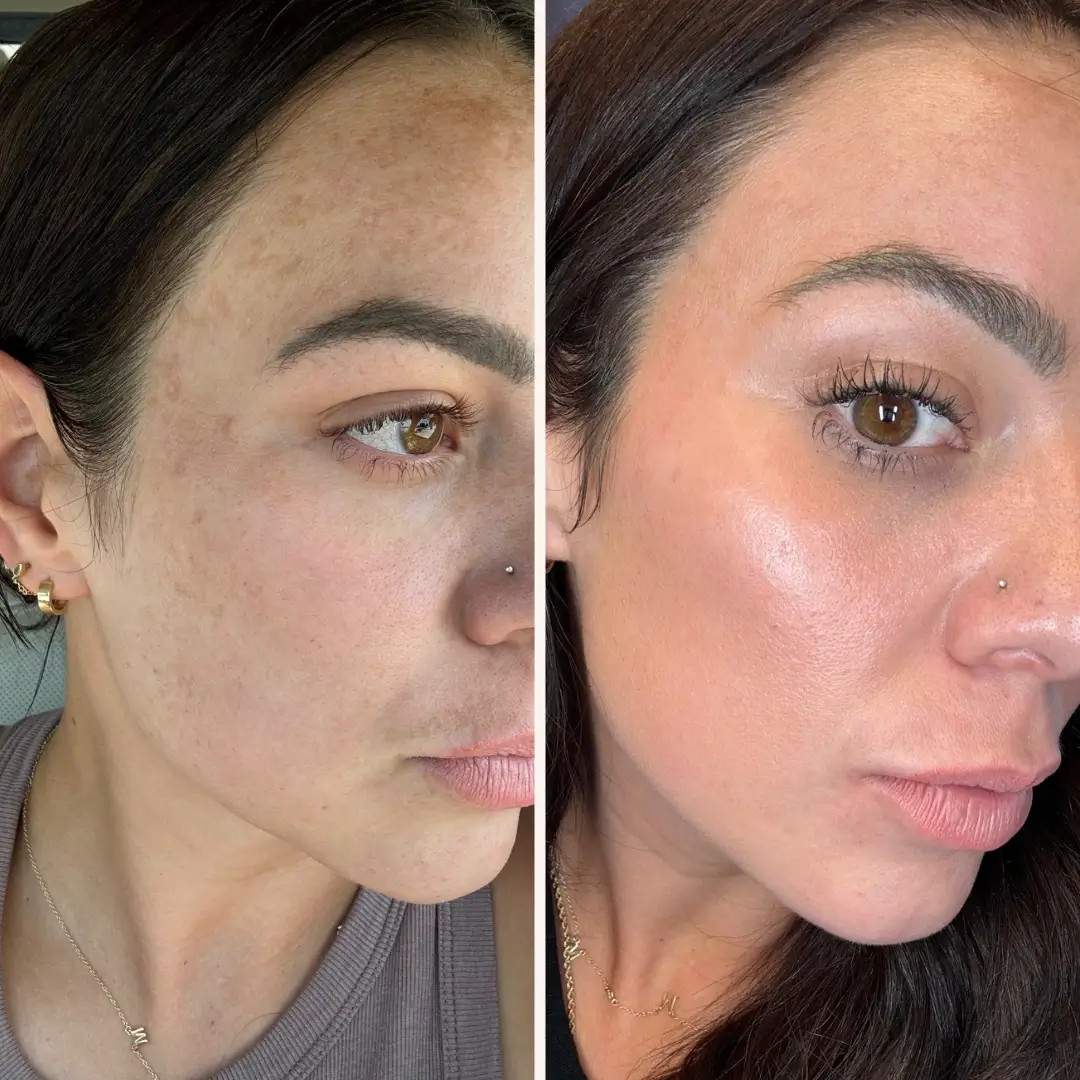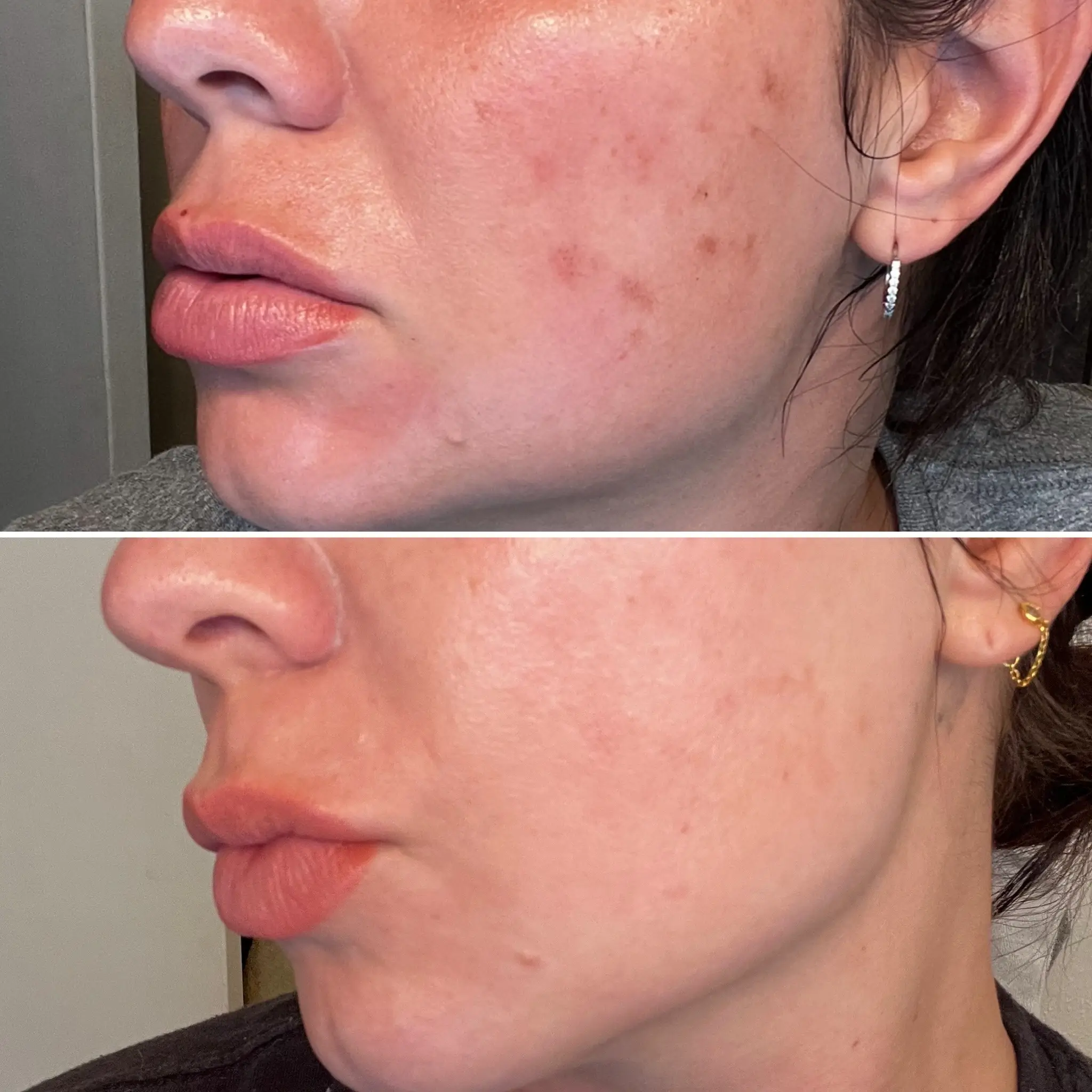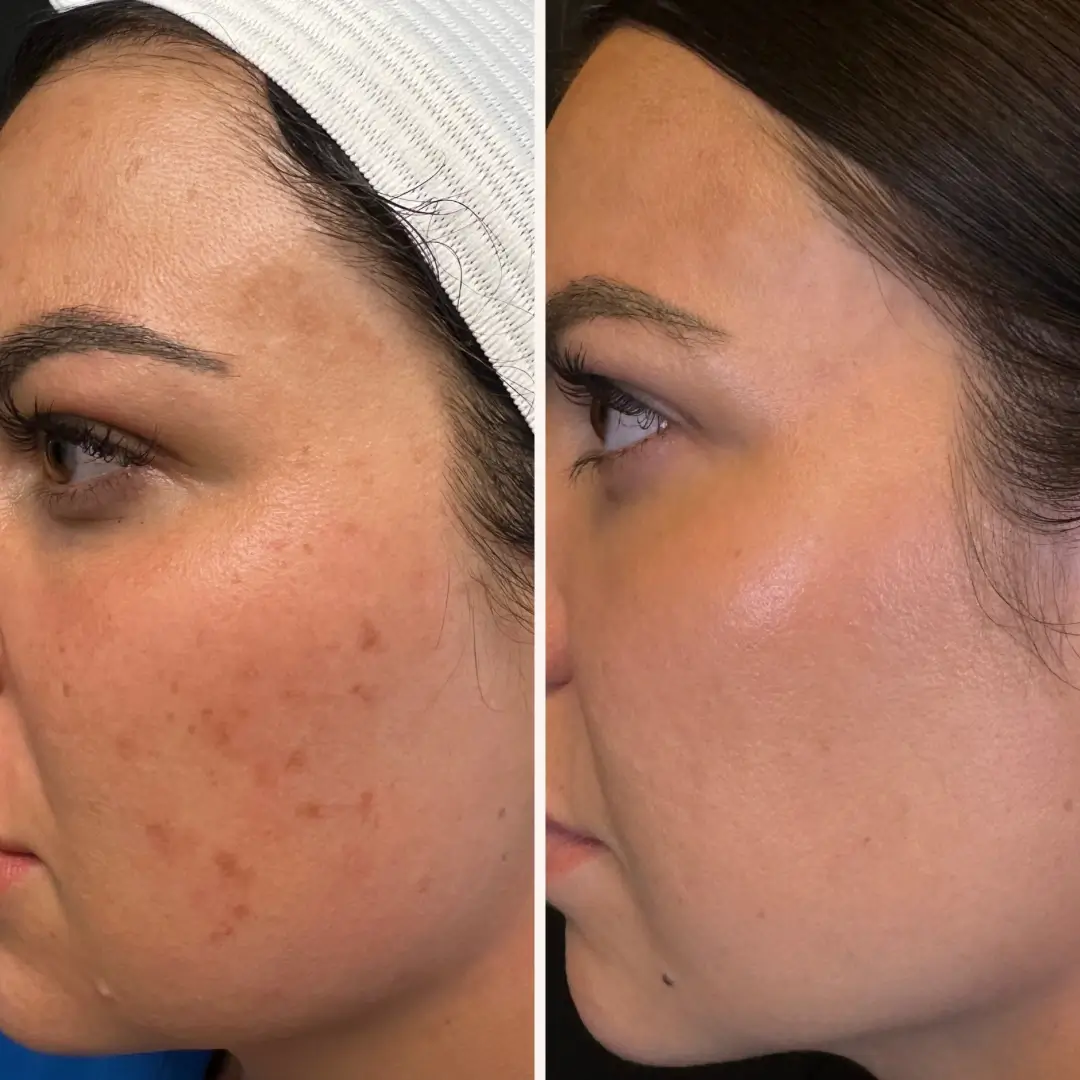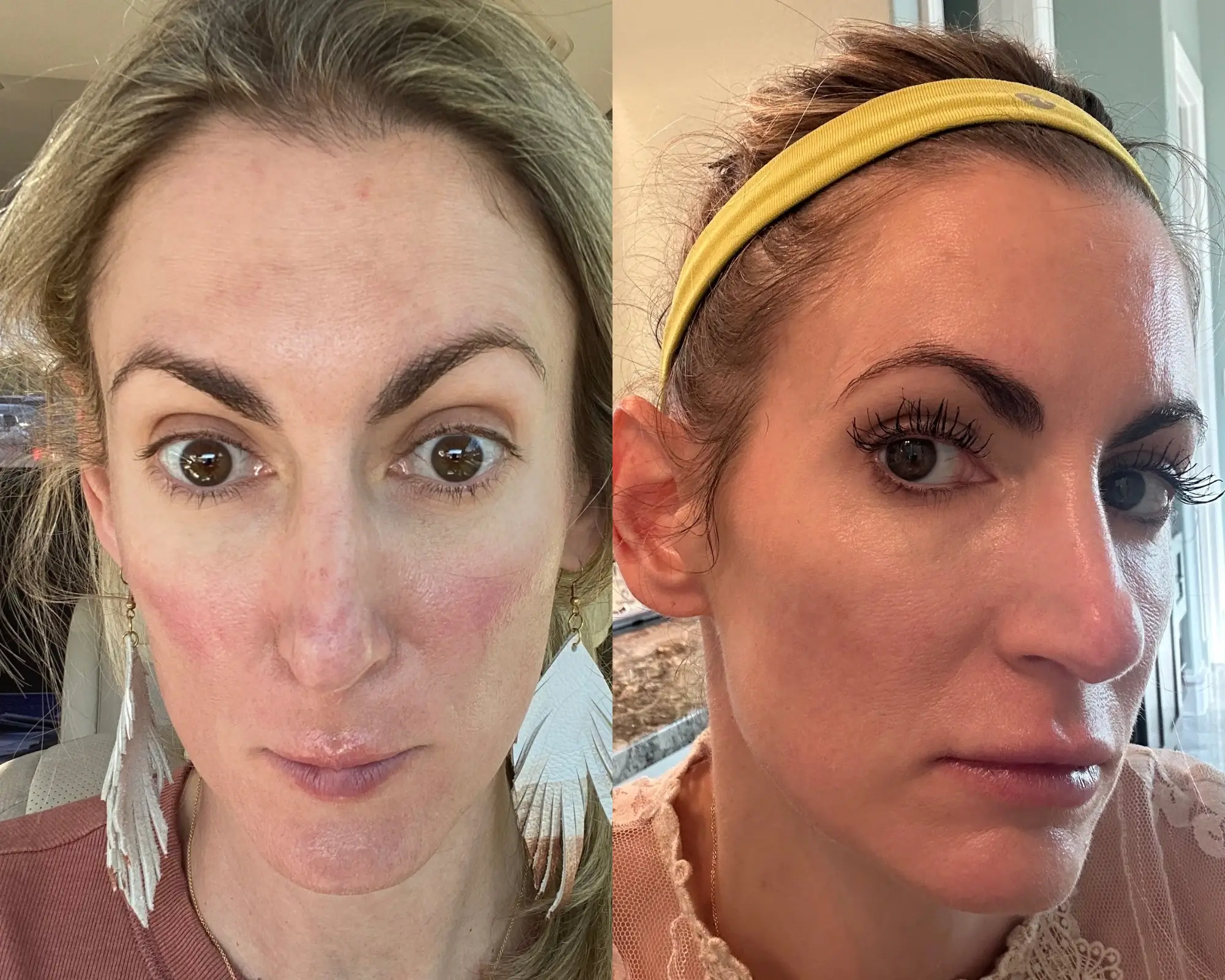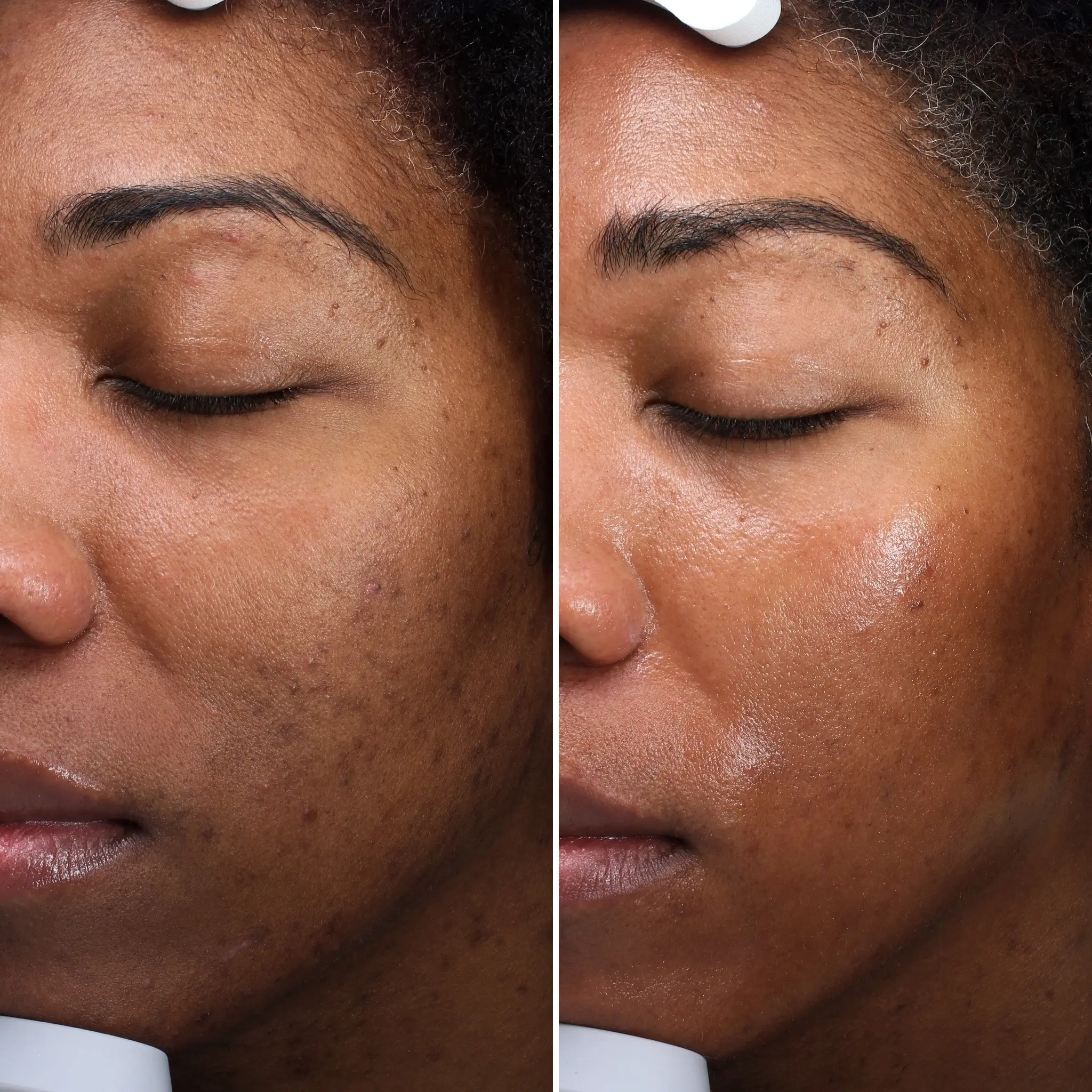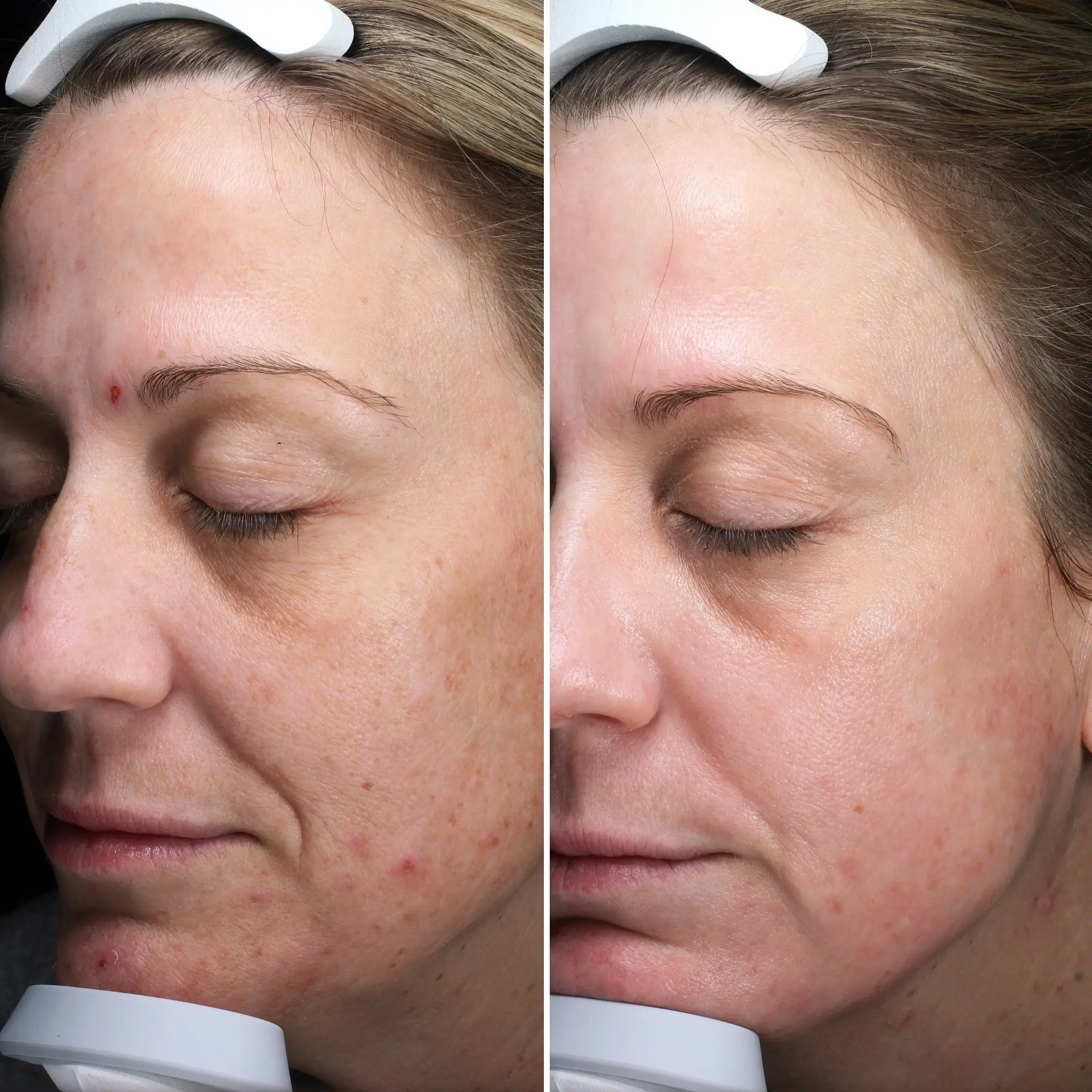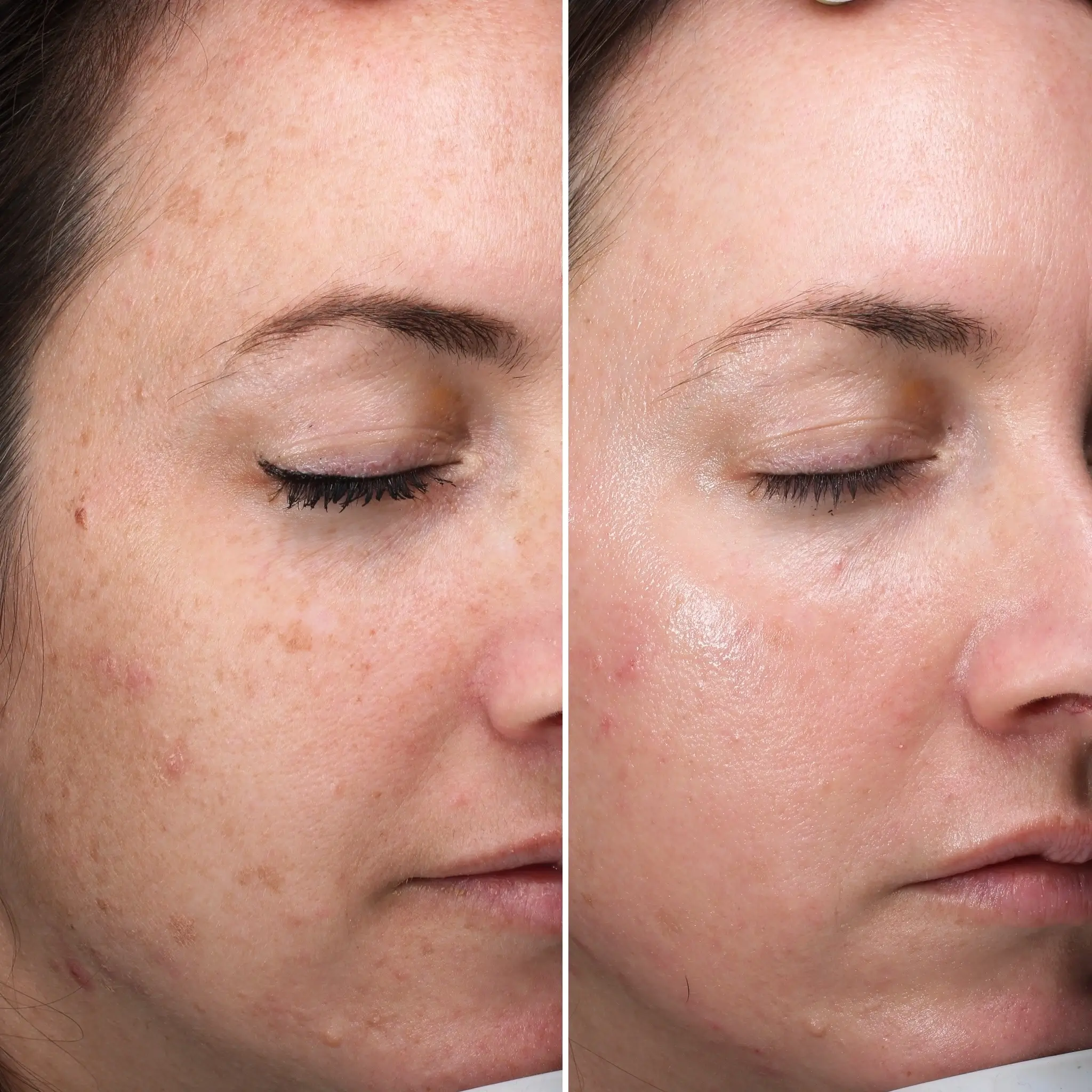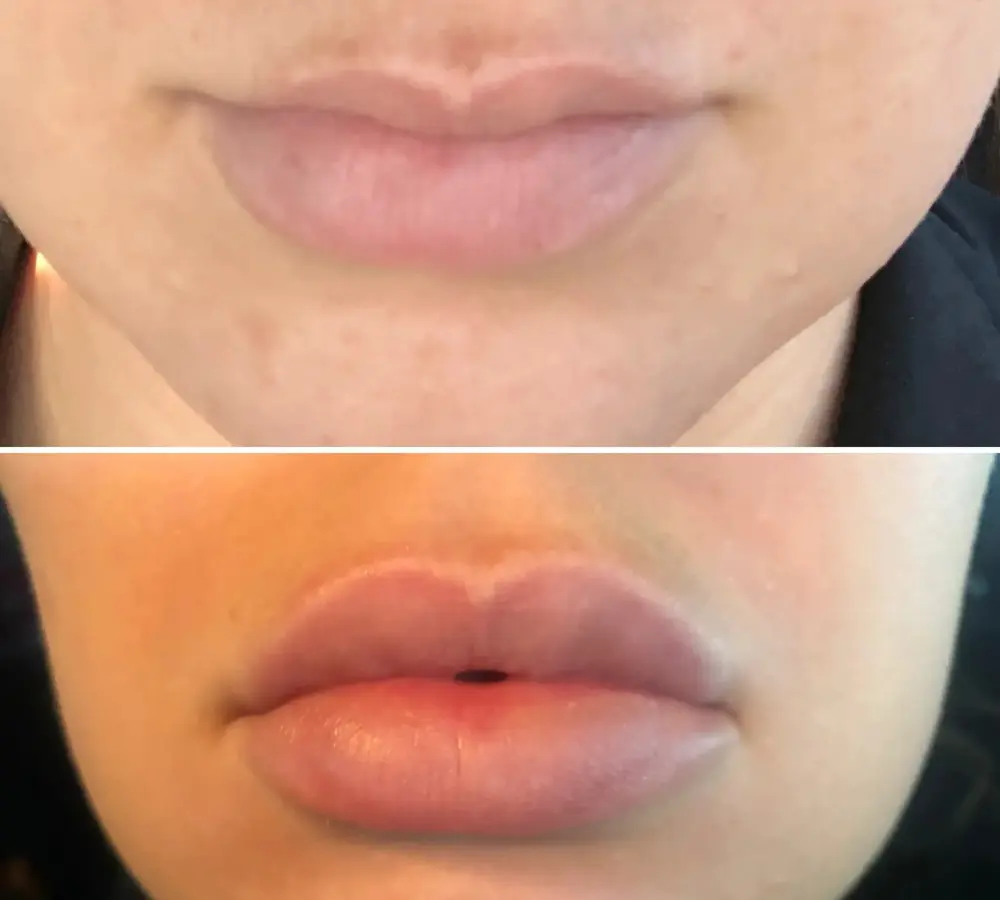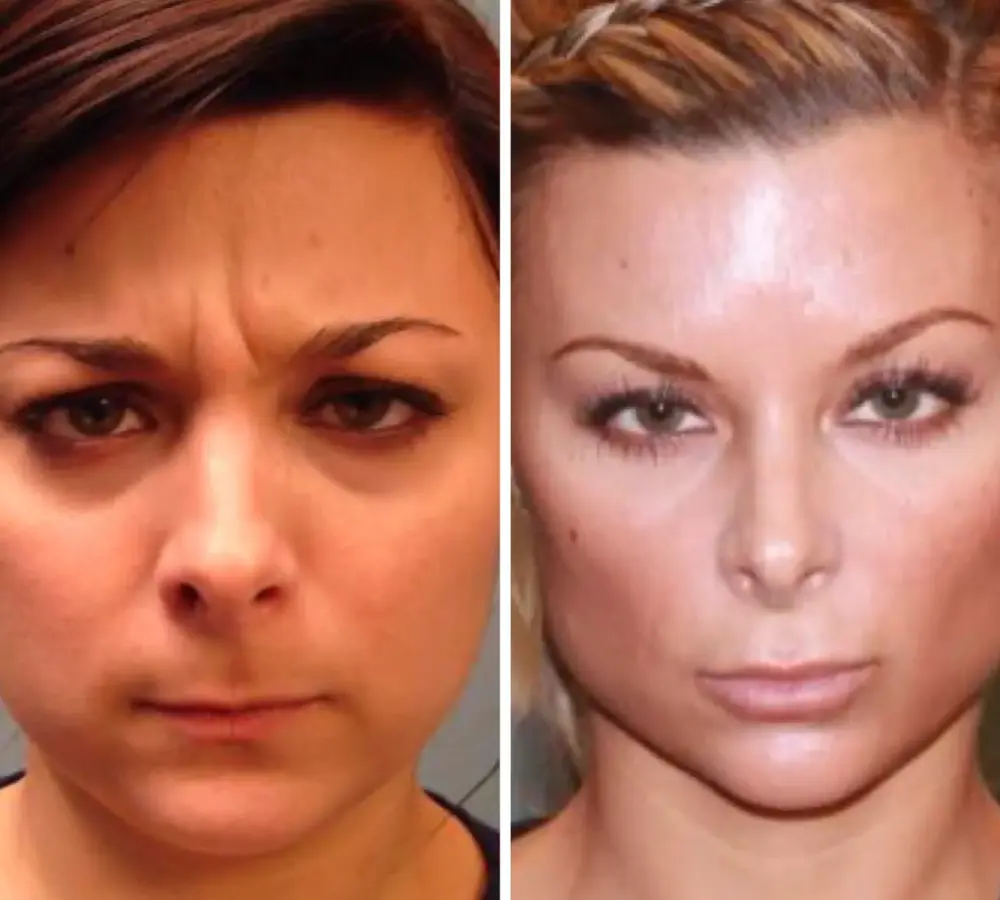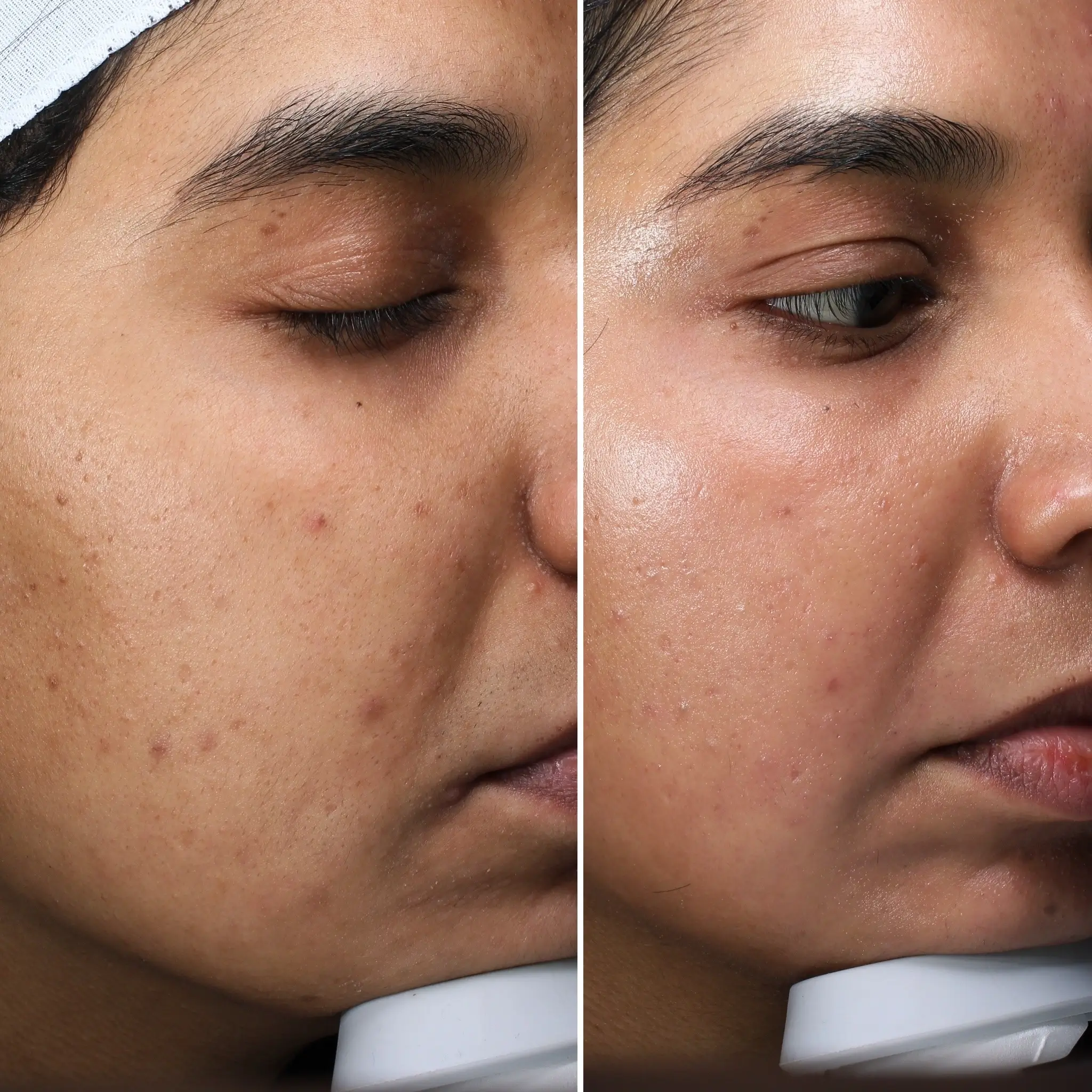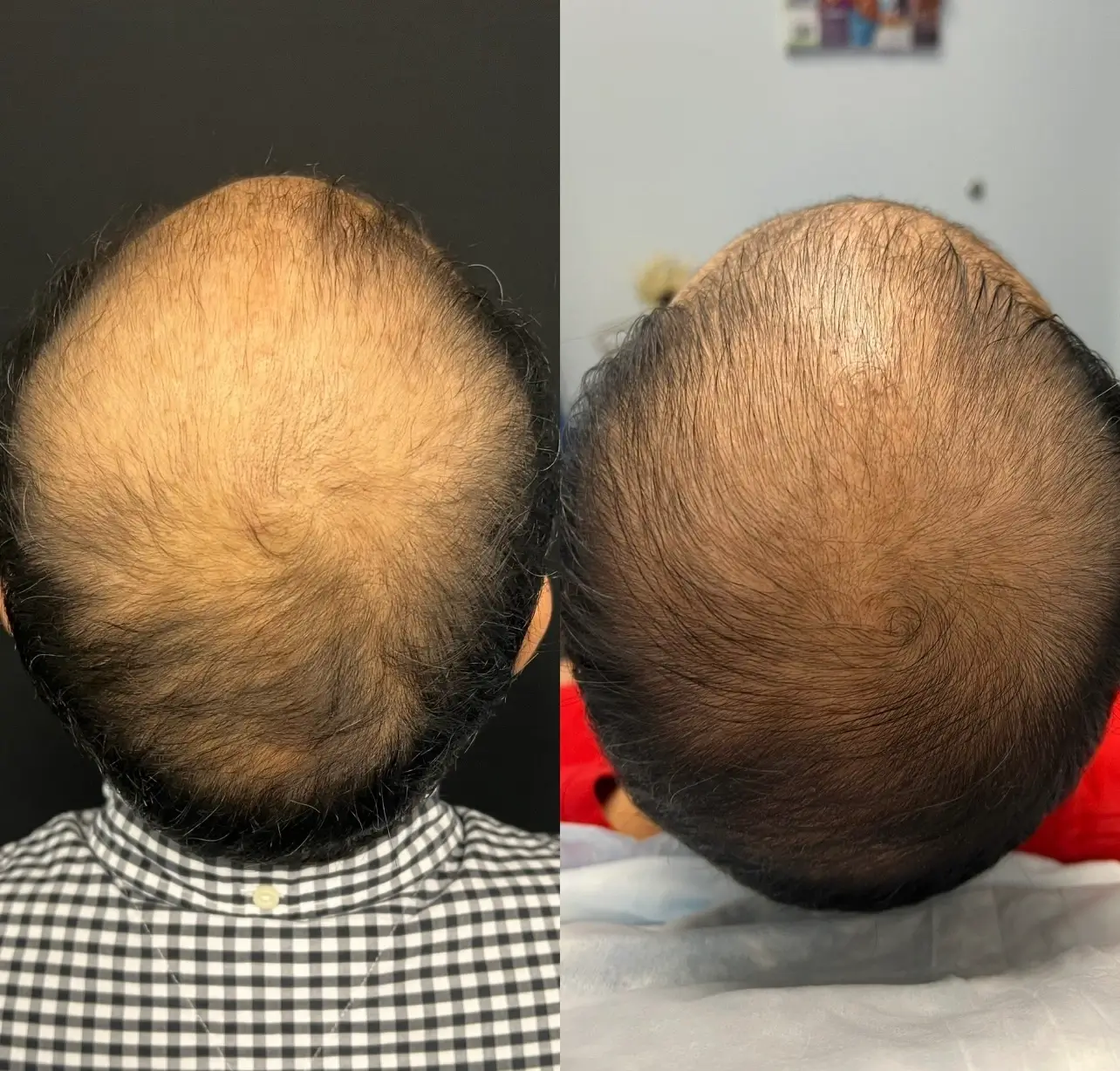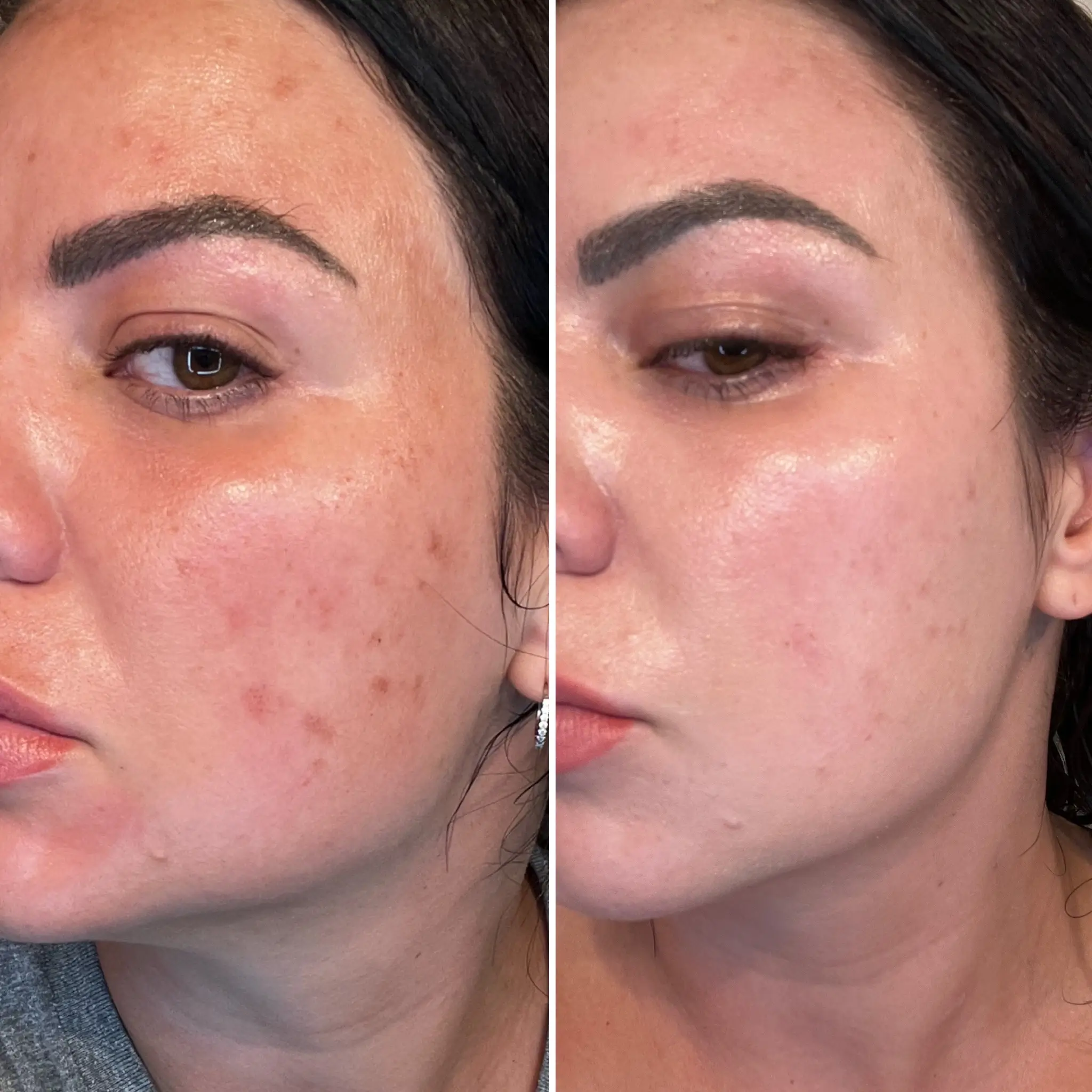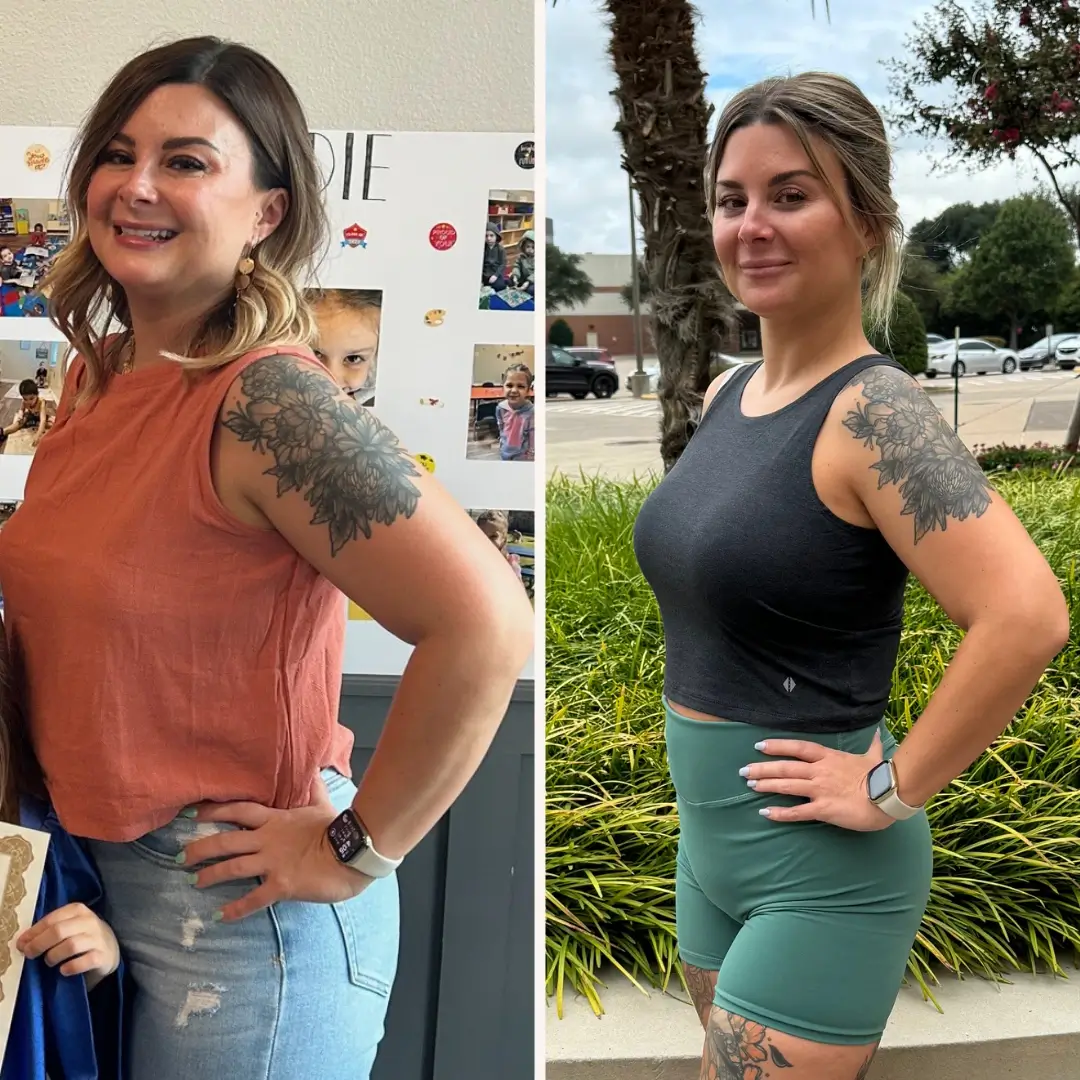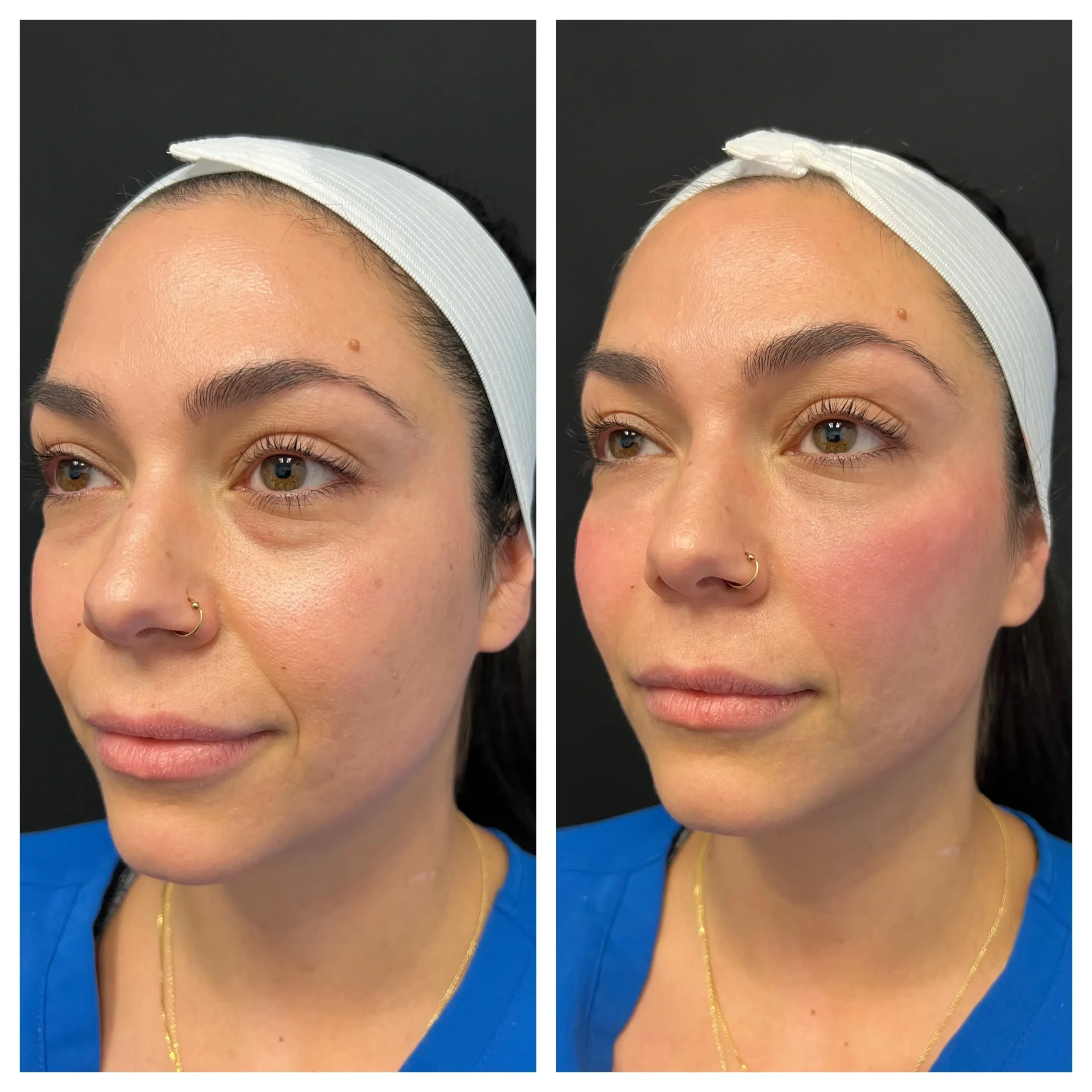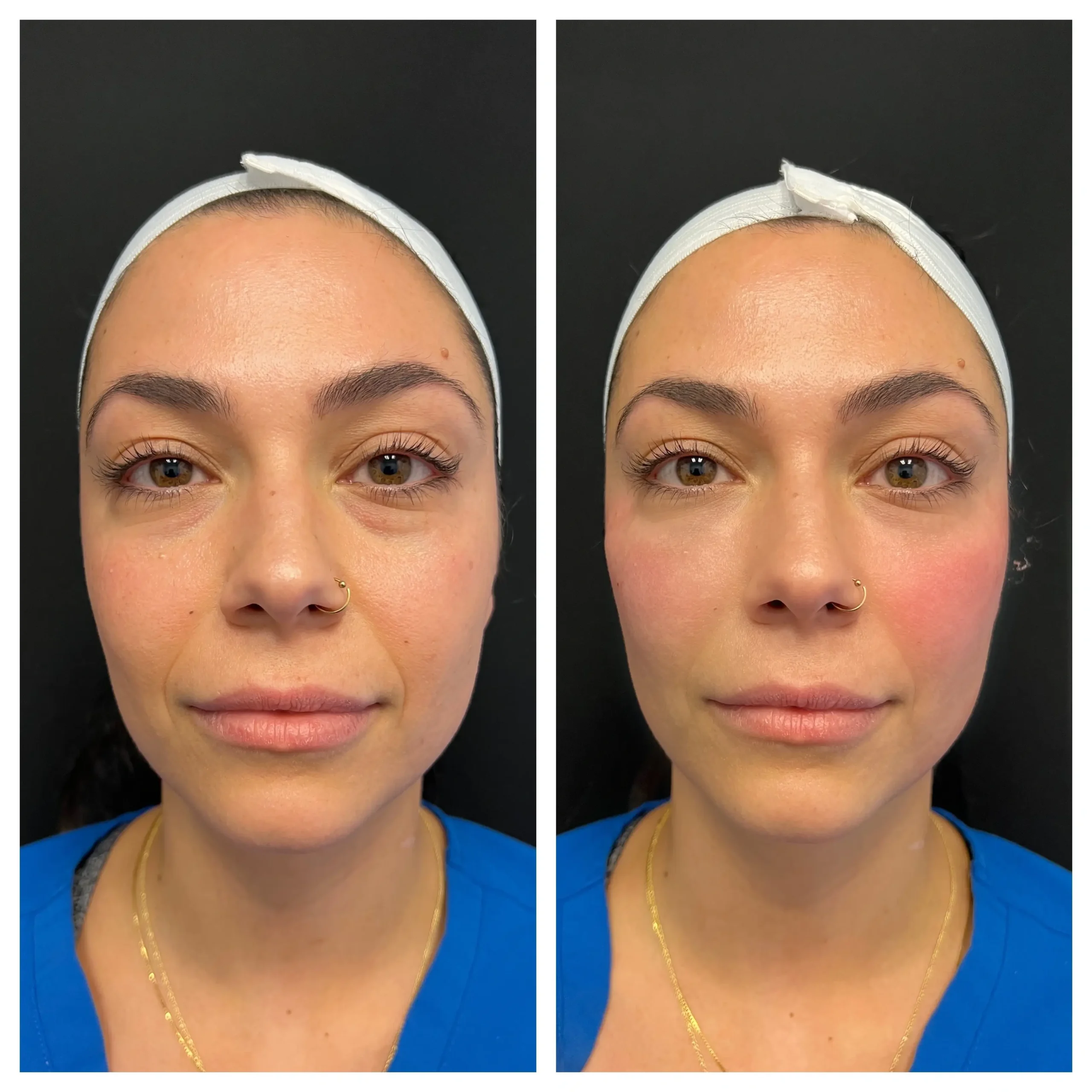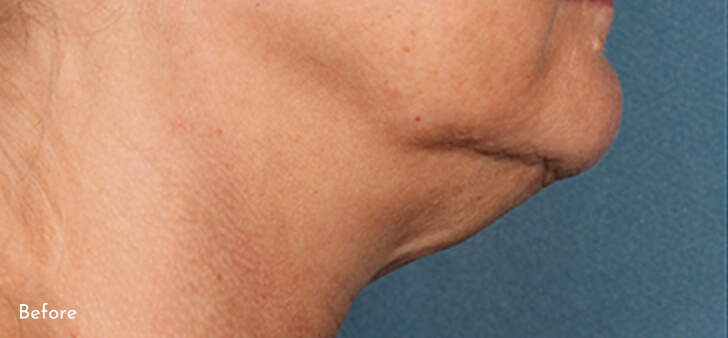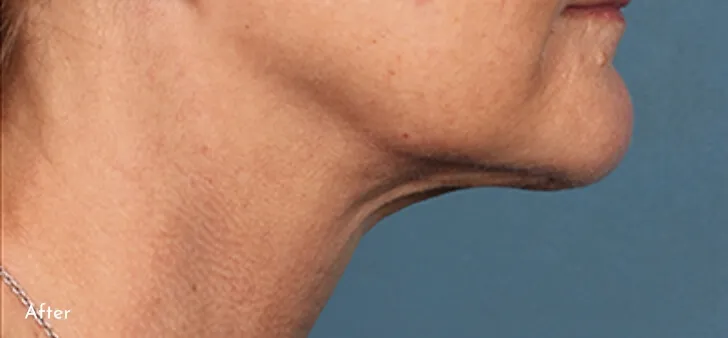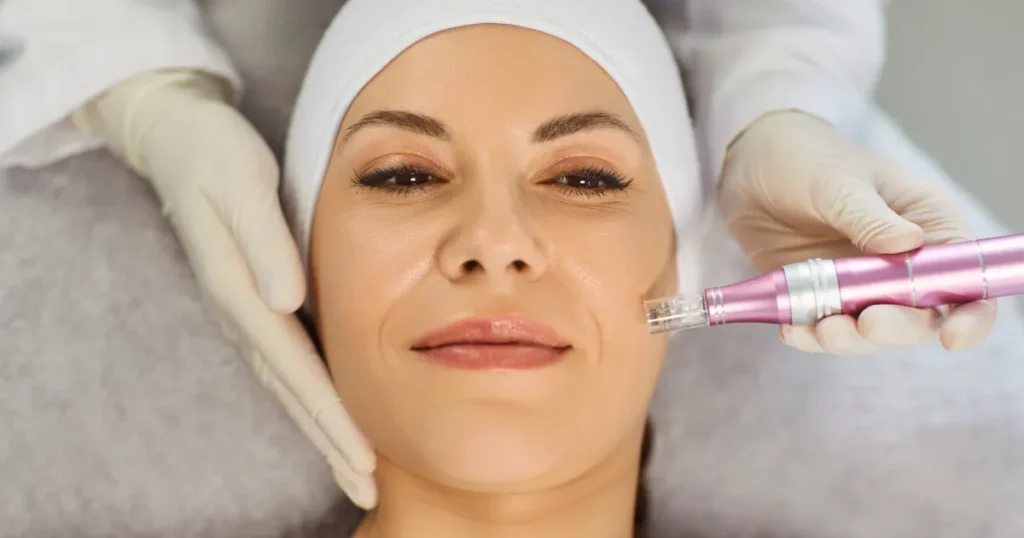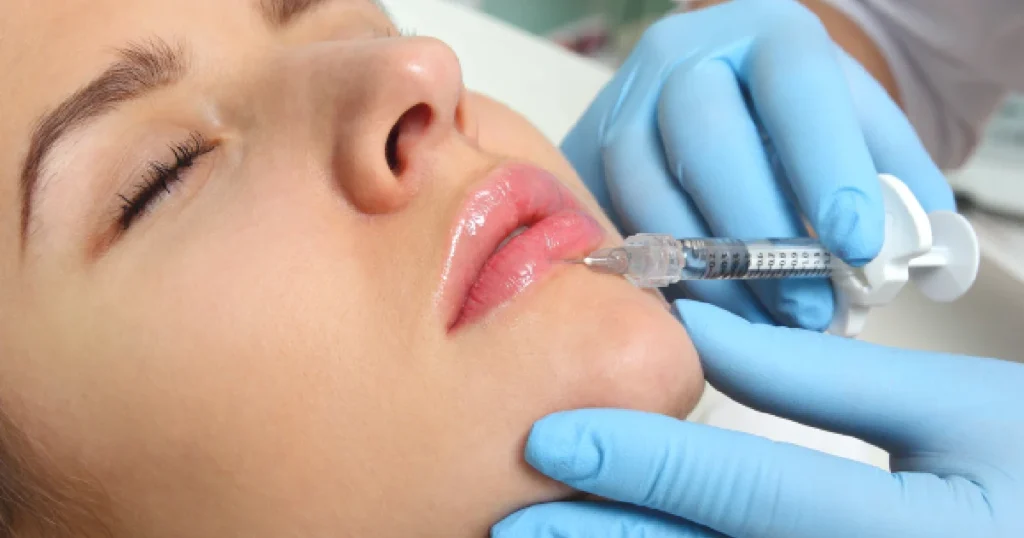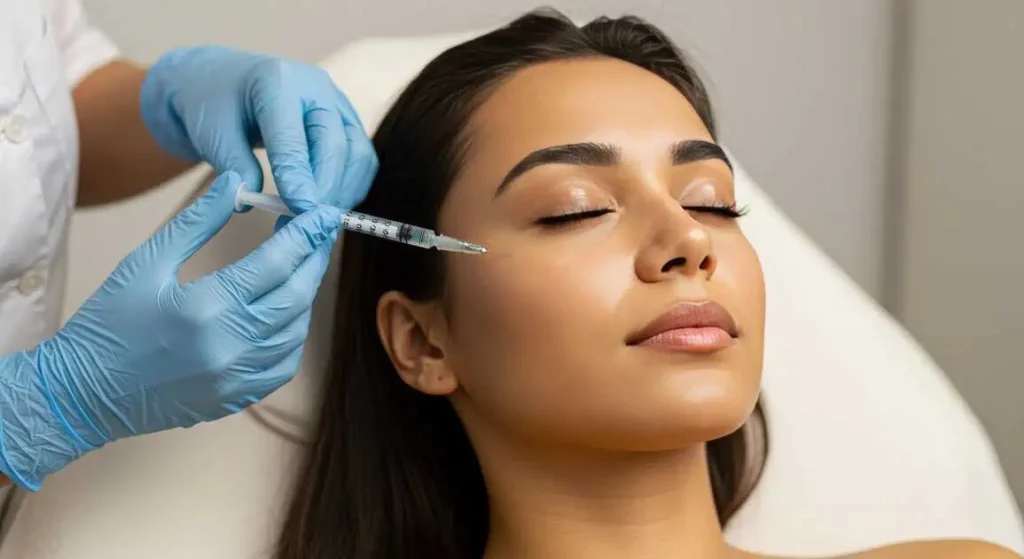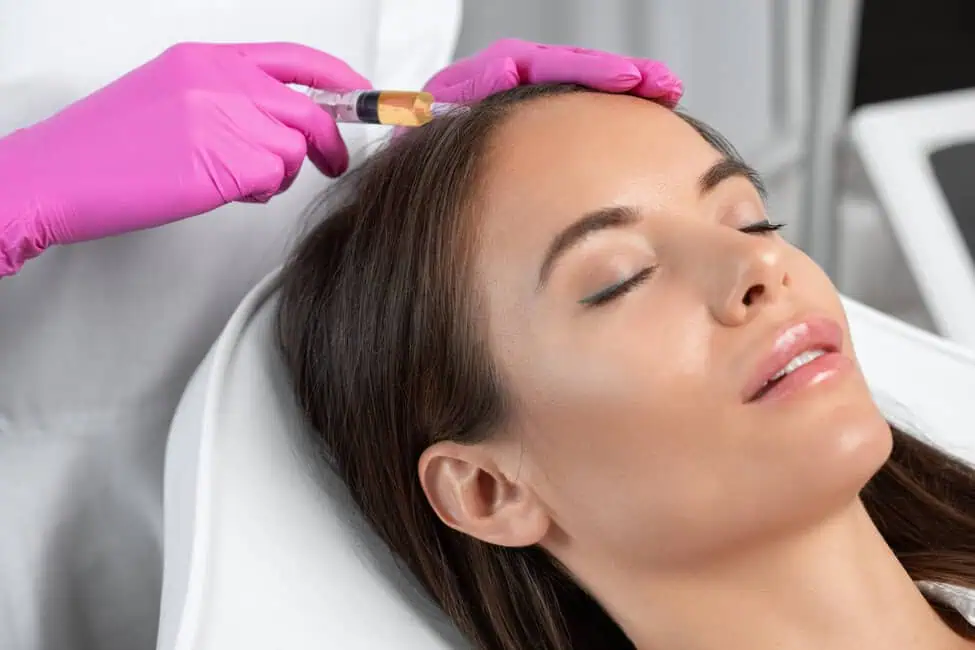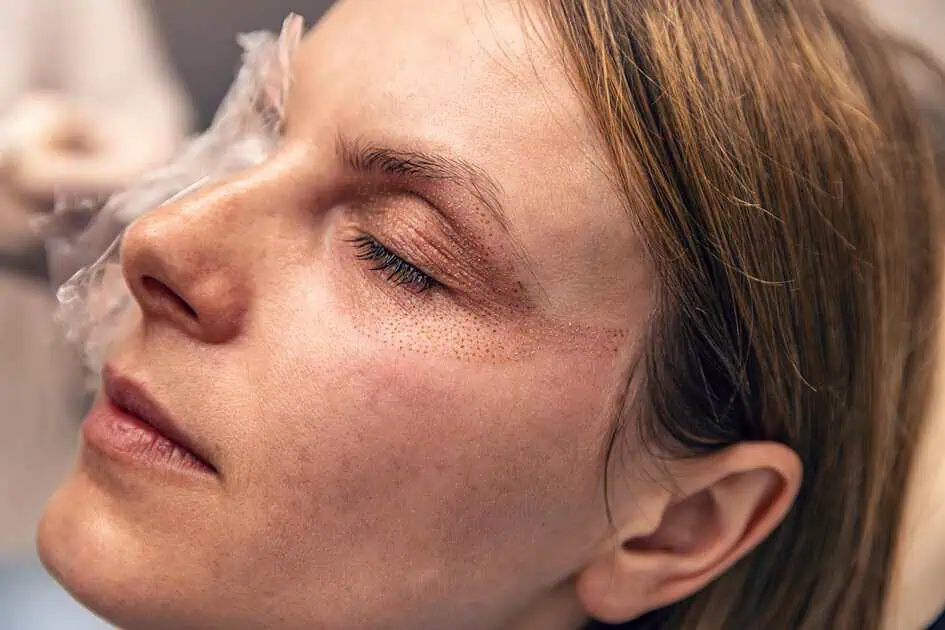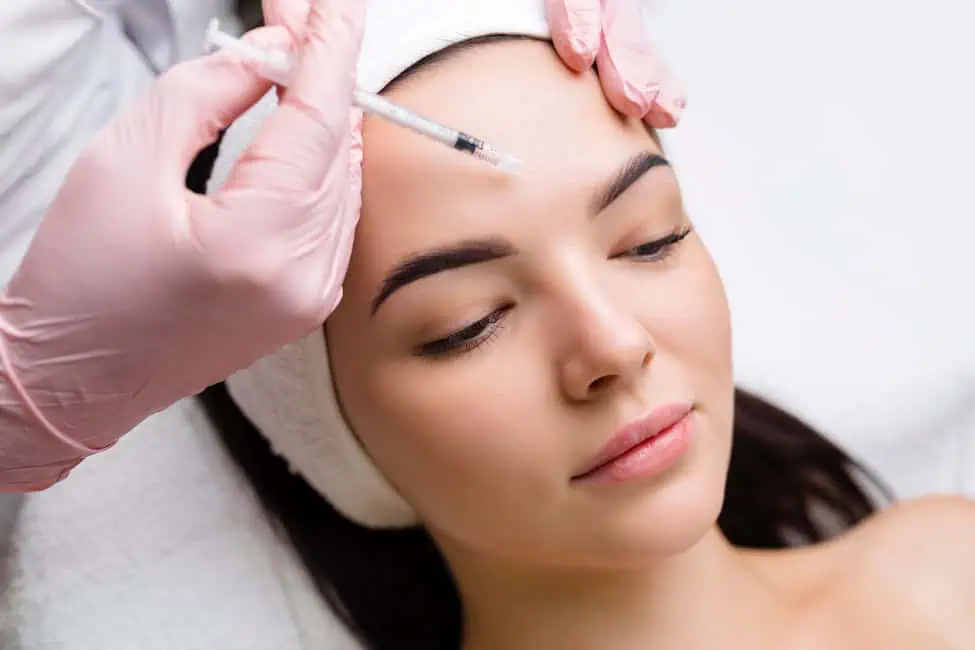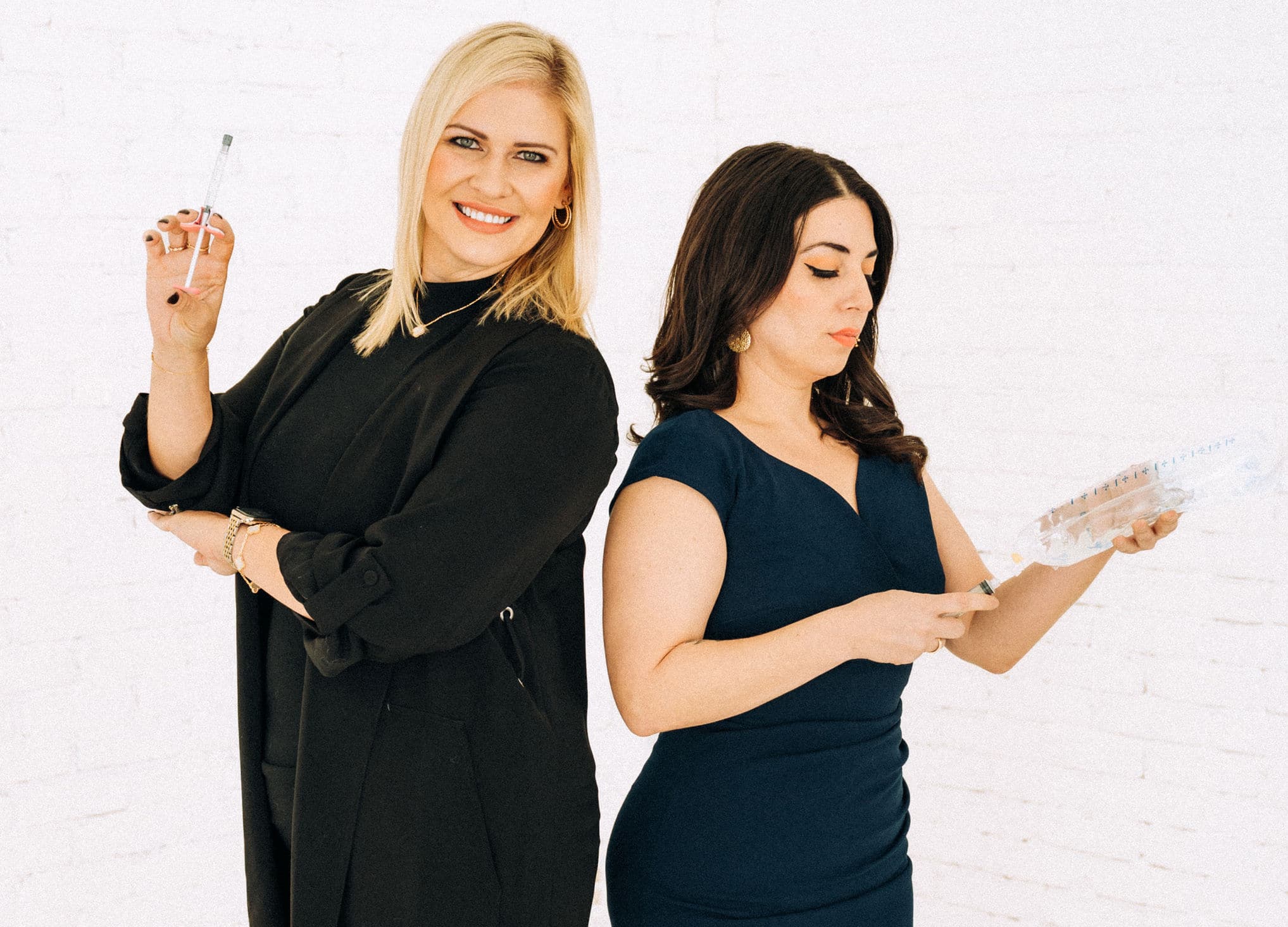Microneedling vs. Laser Resurfacing for Fine Lines: Which Works Best?
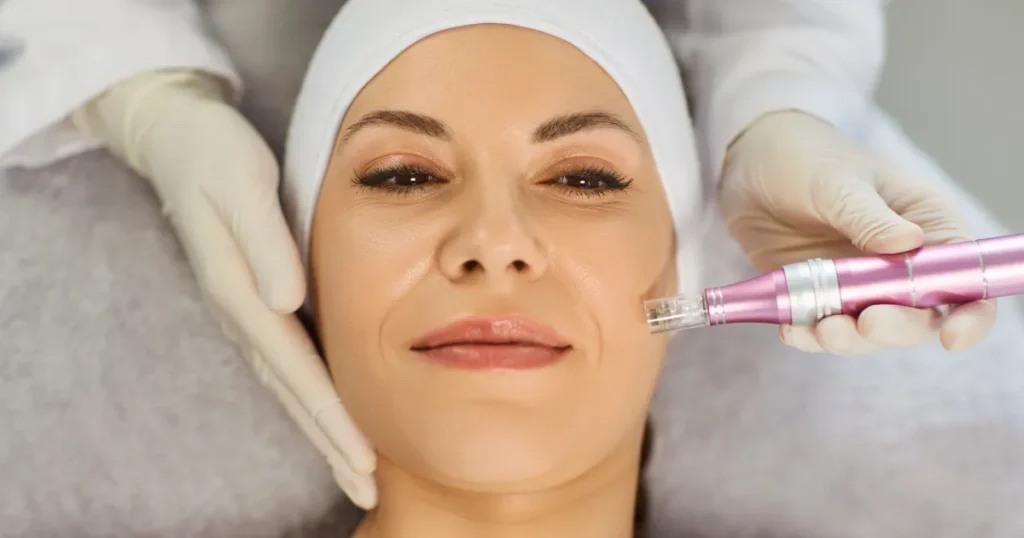
Table of Contents
Why So Many People Are Reconsidering Their Skincare Options
As people start noticing fine lines around the eyes, forehead, or mouth, the natural next step is to look into treatments that can help. Many want results that last longer than over-the-counter creams but aren’t ready for surgery. This is where treatments like SkinPen® microneedling and laser resurfacing come into the picture. Both options aim to improve texture, reduce wrinkles, and support younger-looking skin, but they work in very different ways.
If you’ve been comparing your choices and wondering which treatment is right for you, this guide explains how microneedling and laser resurfacing differ, their strengths, and what to expect at Rejuve Med Spa in Dallas, TX.
Understanding SkinPen® Microneedling
SkinPen microneedling in Dallas, TX, is also known as collagen induction therapy. It works by creating tiny, controlled micro-injuries on the skin’s surface. While this may sound intense, the micro-channels are so small that they heal quickly. During recovery, your body produces new collagen and elastin, which are the structural proteins that keep skin smooth and firm.
Unlike traditional dermarollers, SkinPen® is FDA-cleared and highly precise. It can be used not only on the face but also on the neck, décolletage, arms, and even hands. Many patients find microneedling an excellent option because their skin still responds well to stimulation and collagen production.
At Rejuve Med Spa, the process begins with a skin analysis to assess both surface concerns and what’s happening beneath. This ensures that your treatment plan is truly individualized. Patients often notice visible improvement in fine lines, wrinkles, acne scars, and skin texture after a series of treatments.
How Microneedling Helps With Fine Lines and Wrinkles
When people search for non-surgical ways to refresh their skin, microneedling for wrinkles stands out. By prompting collagen renewal, SkinPen® encourages the skin to repair itself naturally. Fine lines soften, skin feels smoother, and the overall tone becomes more even.
Microneedling is also versatile. While some treatments are limited to addressing one concern, SkinPen addresses both early signs of aging and other common issues, such as acne scars or stretch marks. For patients who want improvement without heat or downtime, this option often feels more approachable than lasers.
Where Laser Resurfacing Fits In
Laser resurfacing takes a different approach. Instead of micro-injuries, it uses controlled heat energy to remove damaged outer skin layers and stimulate collagen beneath the surface. There are two main types: ablative and non-ablative.
- Ablative lasers remove thin layers of skin, making them more aggressive but also highly effective for deeper wrinkles.
- Non-ablative lasers heat the skin without removing it, resulting in a gentler treatment with less downtime.
The technology works well for concerns like deep wrinkles, acne scar laser treatment, or skin tightening laser treatment.
Many patients are drawn to the laser resurfacing before-and-after photos because the differences can be striking. However, downtime and potential discomfort are usually longer compared to microneedling.
Comparing SkinPen® Microneedling and Laser Resurfacing
When deciding between microneedling and lasers, it helps to look at how they measure up in terms of comfort, recovery, and outcomes.
Comfort and Safety
SkinPen® microneedling typically involves minimal discomfort, often described as a light scratching sensation. A numbing cream is used beforehand, making the procedure easier to tolerate. Since it doesn’t involve heat or harsh chemicals, the risk of burns or pigmentation changes is lower, especially for patients with medium to dark skin tones.
Laser resurfacing, while effective, can cause more heat-related discomfort during the session. Skin sensitivity, redness, and swelling often last longer. Certain lasers also carry a higher risk of pigmentation issues in darker skin tones, which is why a consultation is crucial.
Downtime and Recovery
Microneedling usually requires only a day or two of mild redness before makeup and daily routines can be resumed. Most people schedule treatments a few weeks apart for gradual improvement.
Laser resurfacing, especially ablative types, often involves a longer recovery window. Skin can remain red and sensitive for up to a week or more, depending on the intensity of treatment.
Results and Longevity
Both treatments encourage collagen production, but they achieve this in different ways. With SkinPen for fine lines, results appear gradually and continue improving as collagen builds over time. A series of treatments delivers the best outcome.
Laser resurfacing may offer faster, more dramatic results after one session, especially for deeper wrinkles and scars. However, maintenance sessions are still recommended to sustain results.
Ideal Candidates: Who Should Choose What?
If your main concern is early fine lines, uneven skin texture, or mild acne scars, non-surgical skin rejuvenation treatment with microneedling may be the best fit. It’s gentle, safe across different skin tones, and provides steady improvement with little downtime.
For patients with more advanced wrinkles, deeper scars, or skin laxity, skin tightening laser treatment may be recommended. Lasers can deliver stronger energy deeper into the skin, which can be ideal for more significant signs of aging.
Ultimately, the decision comes down to your skin type, goals, and tolerance for downtime. That’s why an in-person consultation at Rejuve Med Spa in Dallas, TX, is essential. The team can guide you toward the option that best suits your skin’s condition and lifestyle.
Addressing Common Questions
Will microneedling help with acne scars?
Yes, microneedling for acne scars is one of the most popular uses. The controlled micro-injuries help remodel scar tissue while promoting smoother skin over time.
Can I combine treatments?
Some patients benefit from a combined approach. For example, microneedling can address texture and tone, while laser sessions focus on deeper lines. Your provider will let you know if combining is safe and effective for your goals.
How soon will I see results?
With SkinPen® microneedling, subtle improvements can appear within weeks, with optimal results after a series of sessions. Laser resurfacing may show results faster, but recovery is longer.
Long-Term Skin Maintenance
One important factor to remember is that both treatments stimulate natural processes, meaning results build gradually and can last with proper care. Regular sunscreen use, good hydration, and consistent skincare at home help extend the benefits. Maintenance sessions, whether microneedling or laser, are recommended for long-term improvements.
At Rejuve Med Spa, patients often return for ongoing SkinPen® microneedling in Dallas, TX, because it not only refreshes their appearance but also serves as preventive care against future signs of aging.
Ready for Smoother, Younger-Looking Skin?
Choosing between SkinPen® microneedling and laser resurfacing depends on your skin type, goals, and how much downtime you can allow. Microneedling offers a gentle, versatile way to soften wrinkles and scars, while laser resurfacing can deliver stronger correction for more advanced concerns. If you’re unsure which is right for you, the team at Rejuve Med Spa in Dallas, TX, is here to help. With personalized skin analysis and a commitment to safe, effective care, you’ll have the guidance you need to feel confident about your decision. Schedule your glow session now and take the first step toward healthier, smoother skin.Rejuve Med Spa provides advanced skin and body treatments in Dallas, TX, with a focus on non-surgical solutions for real results. If you’re considering SkinPen® microneedling, laser resurfacing, or other rejuvenation services, contact our office today to book your consultation.

